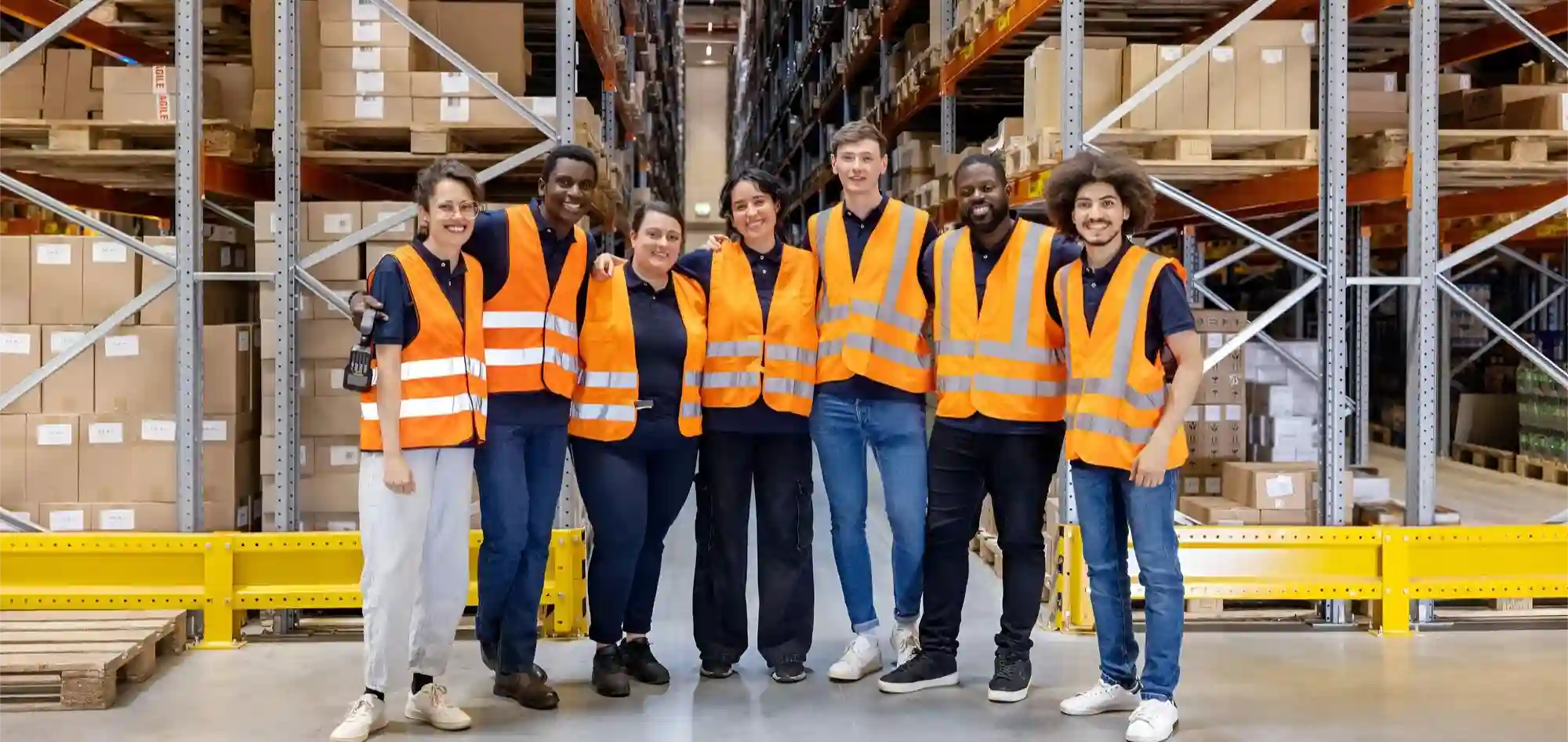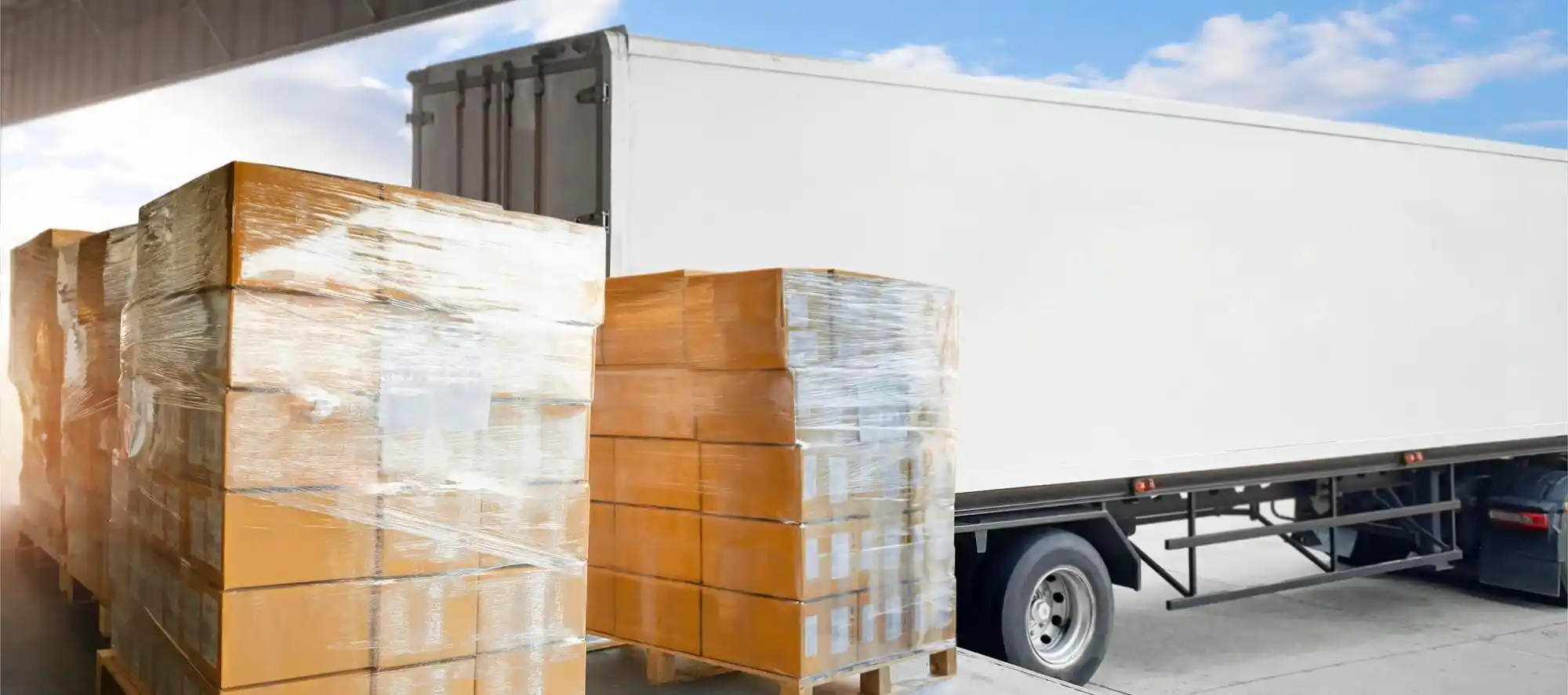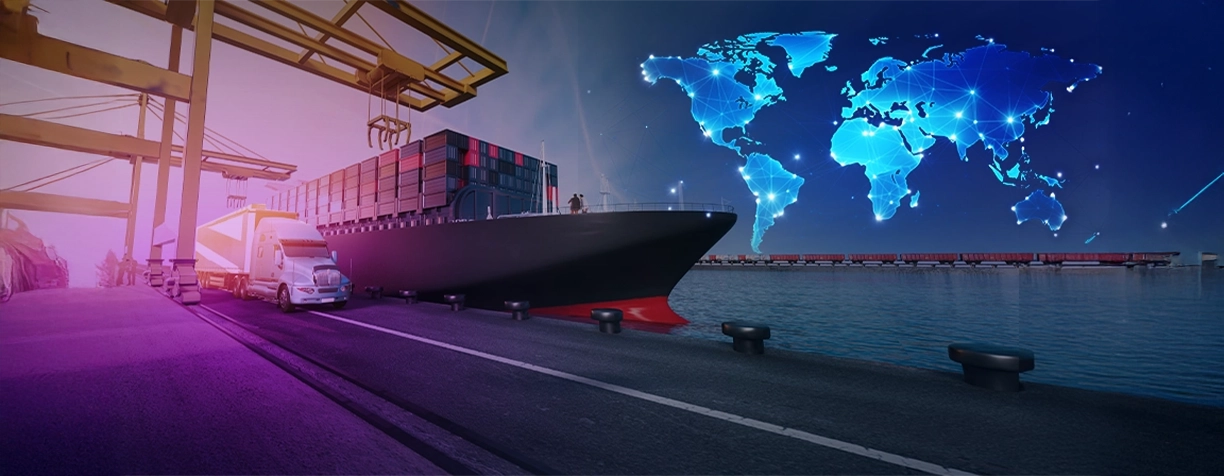In the intricate tapestry of international commerce, efficiency reigns supreme. Businesses are constantly seeking innovative methods to optimize their supply chains, reduce costs, and accelerate the movement of goods across borders. One such strategy, often overlooked yet undeniably powerful, is transloading for international shipments. This comprehensive guide delves deep into the world of transloading, exploring its multifaceted benefits, key considerations, and practical applications in the global logistics landscape.
Table of Contents
What Is Transloading?
At its core, transloading, especially concerning Transloading for International Shipments, is about strategically shifting goods between different transportation methods. Picture a large container ship arriving at a port. Instead of those containers going straight onto trucks for the whole trip inland, they’re moved to trains for the long distance, and then finally onto trucks for local delivery. This smooth switch between transport types – whether it’s ship to rail, rail to truck, or any other smart combination – that’s transloading in action. It lets businesses use the best parts of each transport method, cutting costs, speeding up deliveries, and making their supply chain much more adaptable.
Optimizing Your Supply Chain with Specialized Transloading Services for International Shipments

Navigating the complexities of international transloading requires expertise and a deep understanding of global logistics. Fortunately, numerous companies offer specialized Transloading for International Shipments designed to streamline the entire process. These services often encompass a holistic suite of offerings, including secure warehousing facilities, meticulous inventory management systems, seamless customs clearance procedures, and reliable final delivery options.
By handing over key logistics duties to seasoned experts, especially in the realm of Transloading for International Shipments, businesses can focus on what they do best: innovating products, promoting their brand, and nurturing customer relationships. When choosing a transloading partner, it’s crucial to scrutinize their capabilities and ensure they understand your specific needs, whether it’s shipping unique cargo or navigating complex international regulations.
Advantages of Transloading Logistics
The advantages of transloading logistics extend far beyond simple convenience, impacting a company’s bottom line in significant ways. Consider these compelling benefits:
Significant Cost Reduction
One of the biggest benefits of transloading, particularly when considering Transloading for International Shipments, is the chance to save a lot of money. By smartly using different modes of transport, businesses can take advantage of cheaper long-distance rates from trains or ships. At the same time, trucks can efficiently handle shorter deliveries, creating a winning combination that keeps overall transportation costs down. This smart mix of transportation options reduces dependence on any single method, which helps protect against things like changing fuel prices, limited space, and unexpected delays.
Accelerated Delivery Times
In today’s rapid business world, speed is key. Transloading, particularly Transloading for International Shipments, can be a game-changer for faster deliveries, especially for urgent goods. By cleverly avoiding traffic bottlenecks, using faster transport methods, and planning the best routes, businesses can get their products to customers quicker than ever before.
This enhanced speed not only improves customer satisfaction but also provides a significant competitive edge. Advantages of Transloading Logistics include enhanced flexibility and greater control over the supply chain. This allows for quick adaptation to changing market conditions and customer demands.
The Role of Transloading in Reducing Freight Costs
The Role of Transloading in Reducing Freight Costs cannot be overstated. By strategically integrating intermodal transportation into their supply chain strategy, businesses unlock substantial cost advantages. Ocean and rail freight often offer significantly lower rates for long-distance transportation compared to over-the-road trucking.
By using these methods for most of the trip and trucks for the last leg, businesses can significantly cut down on total shipping costs. Thinking about Transloading for International Shipments, this strategy not only saves money but also makes the supply chain more efficient and environmentally friendly.
Efficient Transloading Logistics for International Shipments
Executing Efficient Transloading for International Shipments requires meticulous planning, seamless coordination, and unwavering attention to detail. Key considerations include strategically selecting an optimally located transloading facility, carefully coordinating transportation schedules, and implementing robust inventory management systems. Partnering with experienced transloading providers who possess the requisite expertise, state-of-the-art infrastructure, and a proven track record of success is absolutely essential. These seasoned professionals can navigate the complexities of global logistics, ensuring that your goods move seamlessly and efficiently throughout the supply chain.
Navigating Canadian Logistics with third-party Logistics Canada

In Canada, 3PL companies offer expertise in managing Transloading for International Shipments. These specialized services cover transportation, storage, customs clearance, and document management, helping businesses simplify their supply chains, lower costs, and boost customer satisfaction.
The expertise of a 3PL provider is particularly valuable when navigating the unique regulatory landscape and logistical challenges associated with Canadian cross-border shipping.
Transloading in Canada: A Strategic Advantage
Transloading in Canada is experiencing a surge in popularity, driven by the country’s strategic geographic location, robust transportation infrastructure, and growing role in global trade. Major ports and strategic rail hubs across Canada offer comprehensive transloading services, catering to a diverse range of industries. This extensive network facilitates the seamless movement of goods both within Canada and across international borders, positioning the country as a key player in the global supply chain.
Key Transloading Hubs Across Canada
The Canadian transloading landscape is characterized by several key hubs, each offering unique advantages and serving specific regional markets:
Transloading in Vancouver: A Gateway for Asia-North America Trade
Vancouver’s strategic location makes Transloading for International Shipments crucial, acting as a key link between Asia and North America. The Port of Vancouver manages significant container traffic, with a large portion being transloaded for efficient distribution across Canada and the US.
Transloading in Toronto: A Distribution Hub for the Great Lakes Region
Transloading in Toronto serves as a critical distribution hub for goods entering and exiting Canada via the Great Lakes region. Its strategic location near major highways and extensive rail lines makes it an ideal location for seamless transloading operations.
Transloading in Montreal: A Hub for Eastern Canada and the Atlantic Coast
Transloading in Montreal provides essential access to Eastern Canadian markets and the Atlantic coast. The Port of Montreal, a major hub for international shipping, boasts state-of-the-art transloading facilities designed to handle a wide variety of cargo.
Specialized Transloading Applications
Transloading is a versatile logistics strategy with applications across a wide range of industries. Here are a few notable examples:
Costco Transloading Service in Canada

Costco’s Transloading for International Shipments strategy in Canada showcases the power of leveraging transloading for large retailers. By efficiently moving goods from ports and rail hubs to its numerous locations, Costco ensures timely product availability, illustrating the benefits of strategic transloading in optimizing complex distribution networks.
Canada Solar Panel Transloading
As Canada continues to embrace renewable energy, Canada Solar Panel Transloading is playing an increasingly important role in facilitating the development of solar power projects. Transloading enables the efficient and cost-effective movement of solar panels from ports to project sites, supporting the growth of clean energy infrastructure across the country.
Real Companies Providing Fulfillment Services:
- DHL Supply Chain: A global leader in logistics and supply chain management, offering a wide range of fulfillment services.
- DelGate: Provides integrated logistics solutions, including warehousing, distribution, and transportation management.
- UPS Supply Chain Solutions: Offers comprehensive fulfillment services tailored to meet the specific needs of businesses, including e-commerce fulfillment.
- XPO Logistics: A major player in transportation and logistics, with a strong focus on technology and innovation.
- FedEx Supply Chain: Delivers end-to-end supply chain solutions, encompassing warehousing, transportation, and e-commerce fulfillment.
Conclusion
Transloading for international shipments stands as a powerful and versatile strategy for businesses seeking to optimize their global supply chains, reduce costs, and enhance their overall competitiveness. By gaining a thorough understanding of the fundamental principles, exploring the myriad benefits, and implementing best practices, companies can effectively leverage transloading to achieve significant improvements in their international logistics operations and drive sustained success in the global marketplace.





